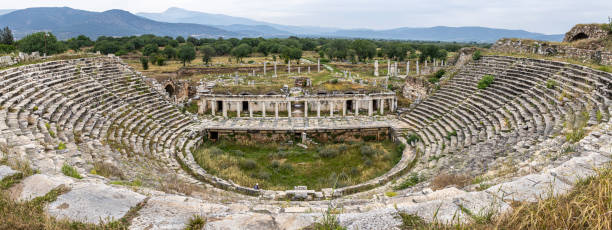The collapse of the Western Roman Empire in 476 CE marked a turning point in European history, leading to the fragmentation of political power, economic instability, and significant shifts in monetary systems. For centuries, Rome’s vast economy had been supported by a sophisticated gold coinage system, with the Aureus and later the Solidus serving as the backbone of trade, taxation, and military payments. However, as the empire weakened under pressure from internal decline and barbarian invasions, gold circulation diminished in the West, giving way to localized economies and silver-based currencies. Yet, gold did not disappear—it survived in the Eastern Roman (Byzantine) Empire and influenced emerging medieval monetary systems. This post explores how gold endured the fall of Rome and adapted to a changing economic landscape.

The Roman Gold Legacy
Before its fall, the Roman Empire had built one of the most sophisticated monetary systems in history. Gold coins, such as the Aureus and later the Solidus, played a central role in trade, taxation, and military payments. These coins symbolized Rome’s power, facilitated commerce across a vast empire, and created economic stability that lasted centuries.
However, by the 3rd and 4th centuries CE, the Roman monetary system faced severe disruptions due to economic mismanagement, inflation, and external invasions. The transition from the Aureus to the Solidus under Emperor Constantine in 312 CE helped stabilize gold currency, but by the late 5th century, the Western Roman Empire was in decline.
The Fall of the Western Roman Empire (476 CE)
The year 476 CE is traditionally marked as the fall of the Western Roman Empire, when the last emperor, Romulus Augustulus, was deposed by the Germanic chieftain Odoacer. While this event symbolized the collapse of centralized Roman rule in the West, the empire’s economic and monetary influence did not disappear overnight.
Key economic consequences of the empire’s fall included:
- Disruption of Trade – Roman roads and trade networks weakened, reducing commercial activity.
- Localized Economies – With no central administration, regions moved toward barter systems or local currencies.
- Decline in Gold Coinage Circulation – Gold coins became rarer as wealth was hoarded or plundered by invading tribes.
The Survival of the Byzantine Solidus (Eastern Roman Empire)
While the Western Roman Empire fell, the Eastern Roman Empire (Byzantium) continued to thrive, particularly under Emperor Anastasius I (491–518 CE) and later Justinian I (527–565 CE). The Byzantine Solidus, introduced by Constantine earlier, remained the dominant gold coin across the Mediterranean.
The Solidus became the world’s most stable and trusted currency due to:
- High Gold Purity (c. 95-98%) – Unlike Western currencies, which debased over time, the Byzantine Empire maintained a strict gold content.
- Long-Term Use (circa 4th–11th Century CE) – The Solidus remained a global currency for nearly 700 years.
- Adoption in Other Kingdoms – European and Islamic states used the Solidus in trade.
The Role of Gold in the Post-Roman West (5th–7th Century)
After the fall of Rome, gold coinage did not disappear but rather shifted in usage:
- Germanic Kingdoms (Ostrogoths, Visigoths, Franks, Lombards) issued gold coins, often imitating the Byzantine Solidus.
- The Merovingian Franks (6th–8th Century) struck gold Tremissis coins but eventually shifted to silver.
- The Anglo-Saxons used imported Byzantine gold before later minting their own gold Thrymsas.
By the late 7th century, gold coinage in Western Europe declined, replaced by silver as the primary currency. However, gold remained essential in high-value transactions, diplomacy, and religious wealth.
Conclusion: A Shift, Not a Disappearance
While the Western Roman Empire’s fall marked the end of a centralized gold-based economy in Western Europe, gold did not vanish. Instead, it moved eastward to Byzantium, where it remained strong, and continued to circulate in smaller, localized economies across post-Roman Europe.
This period set the stage for later medieval gold currencies, including the rise of the Islamic gold dinar (7th century) and the European gold renaissance (13th century).
